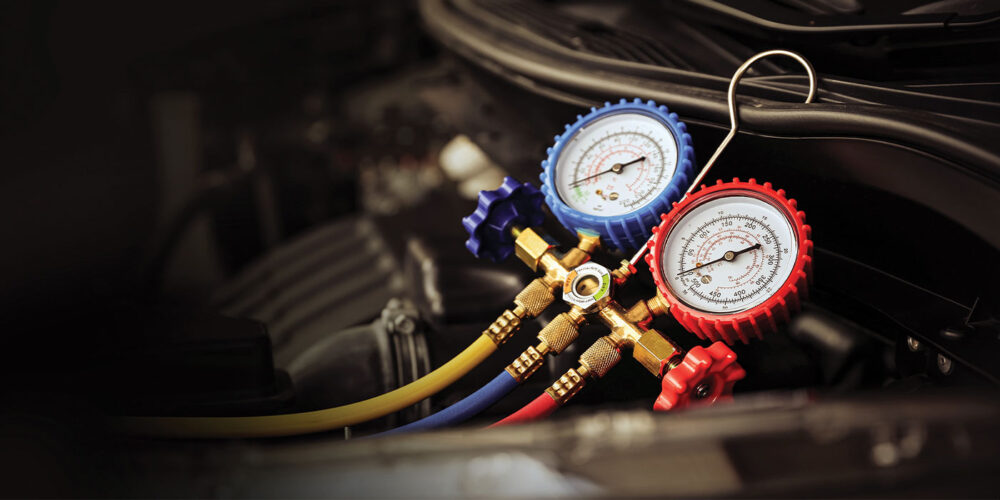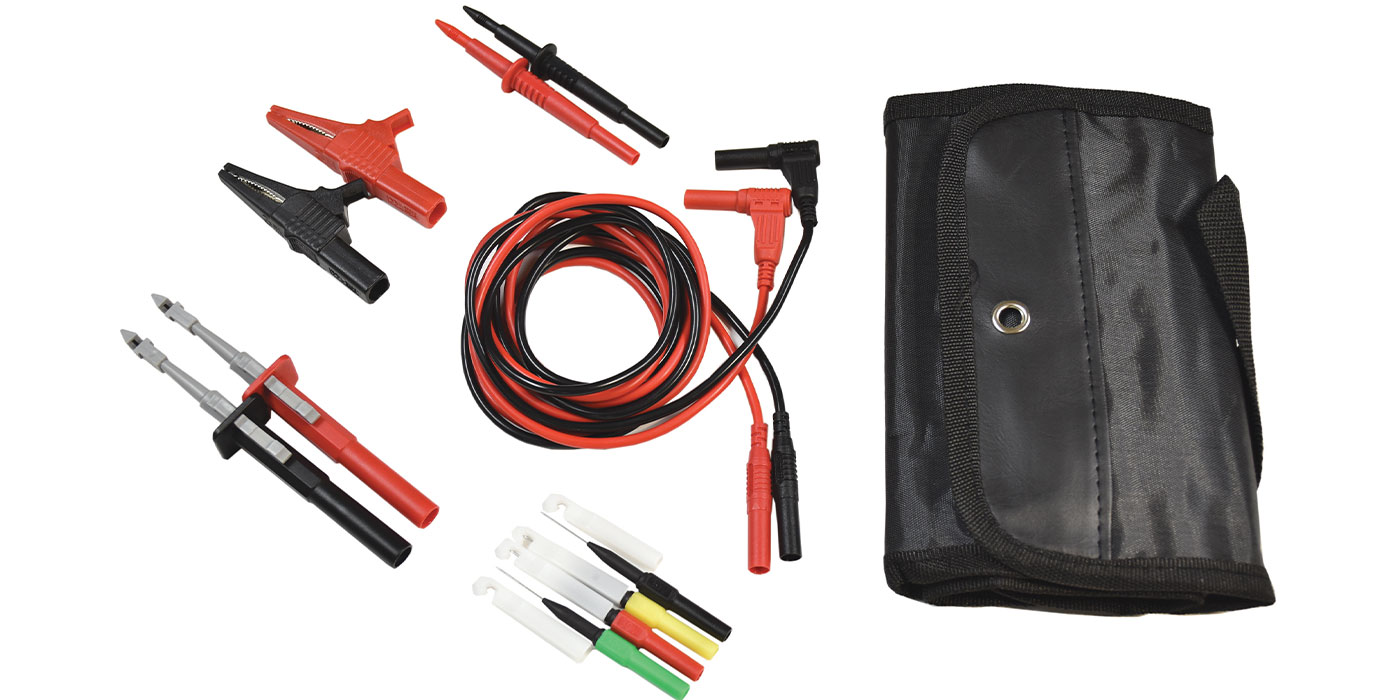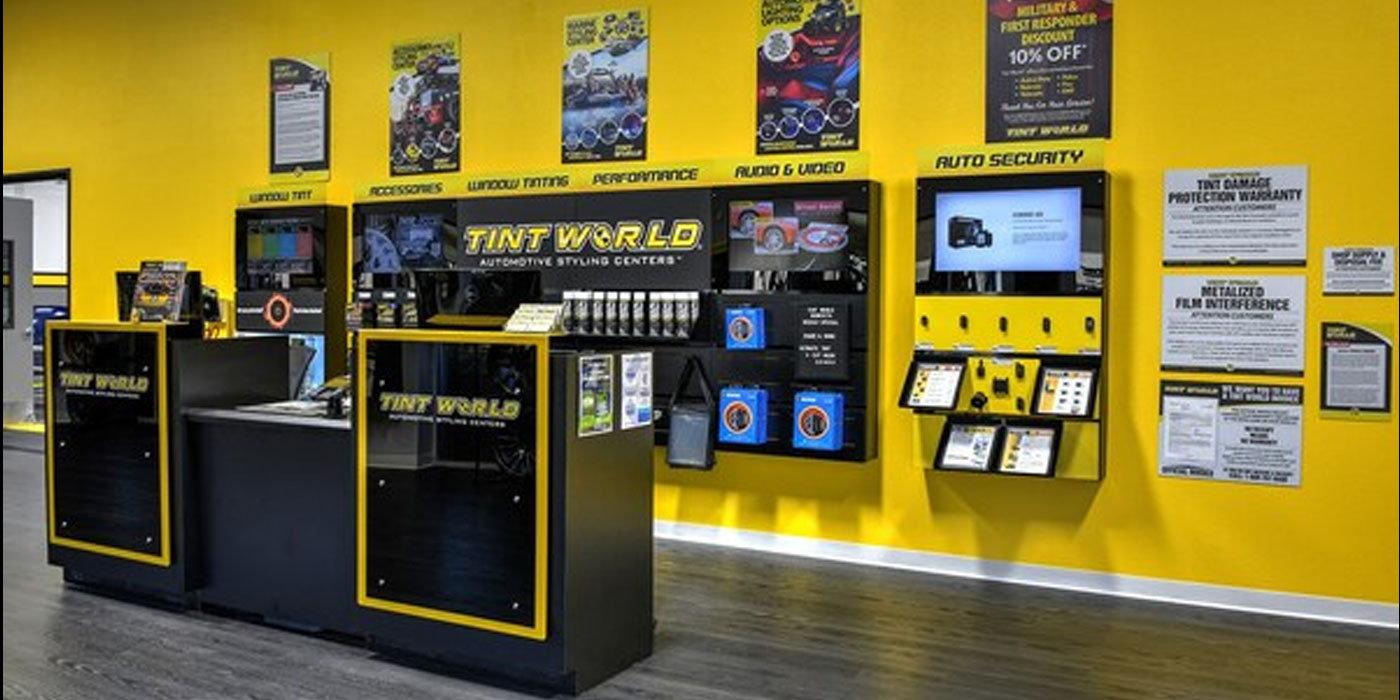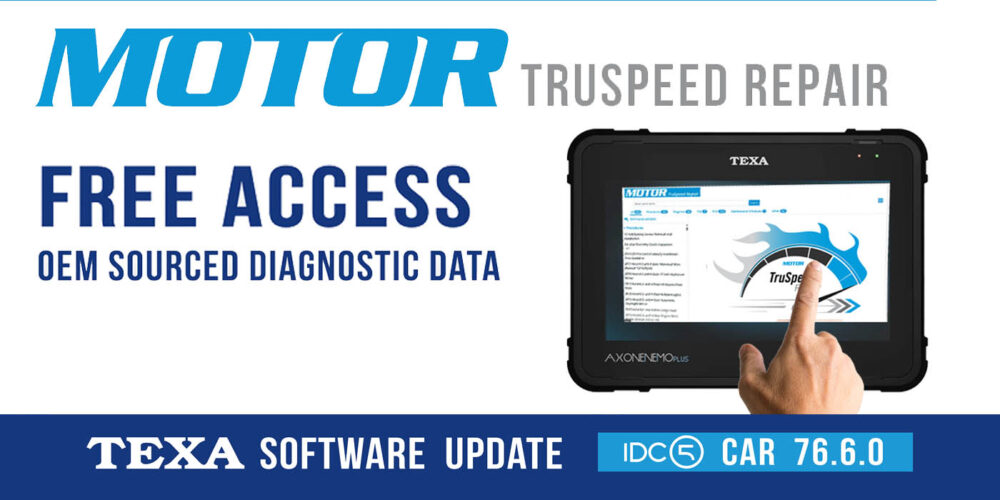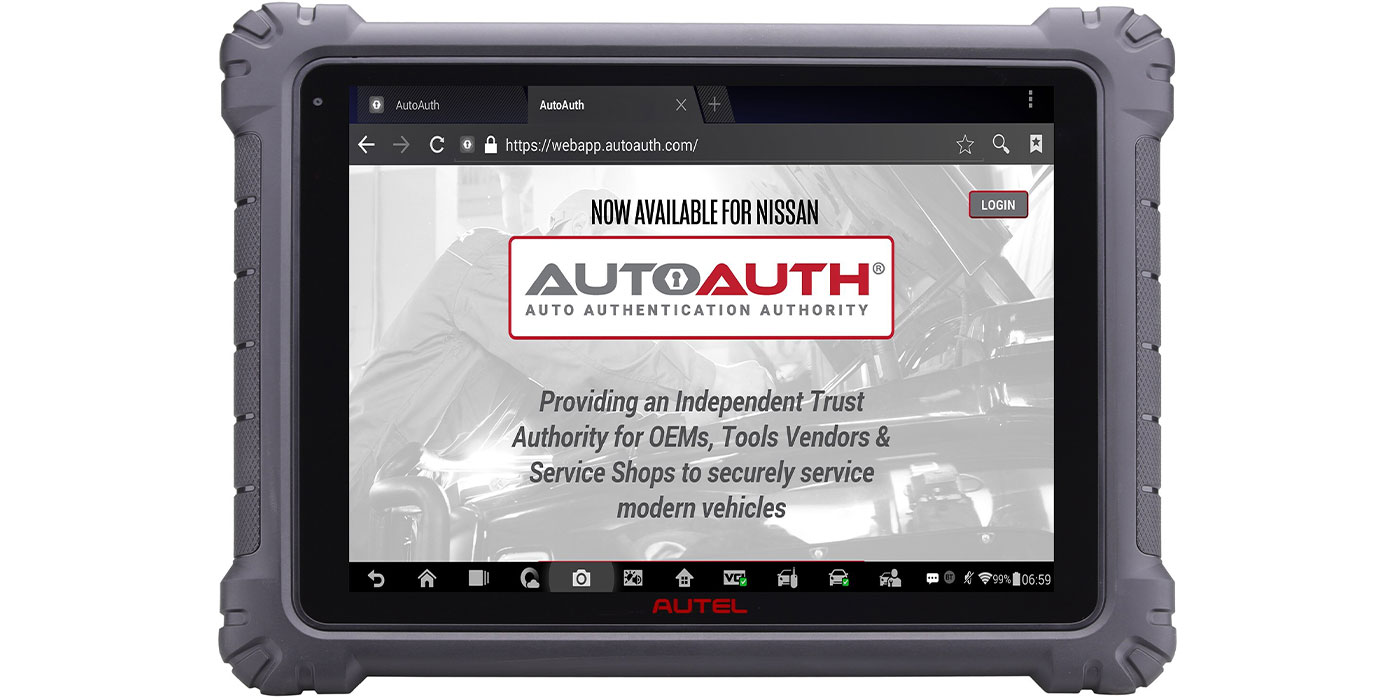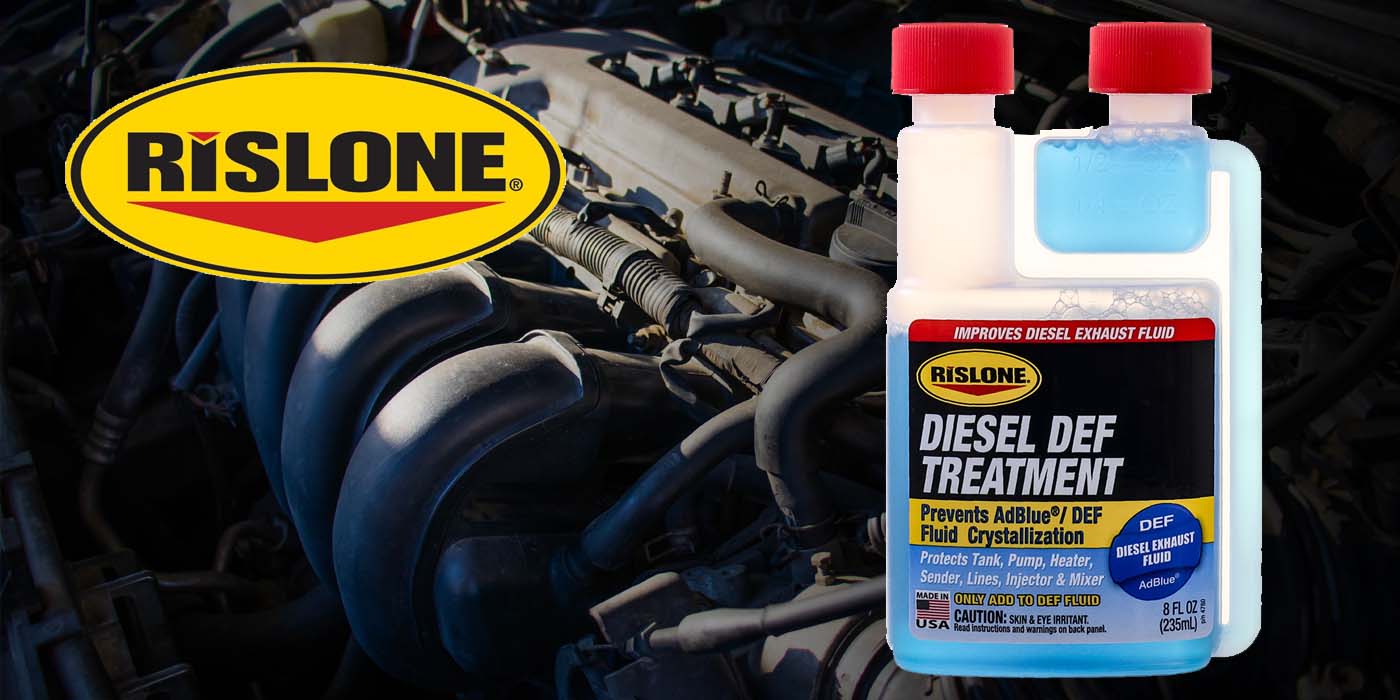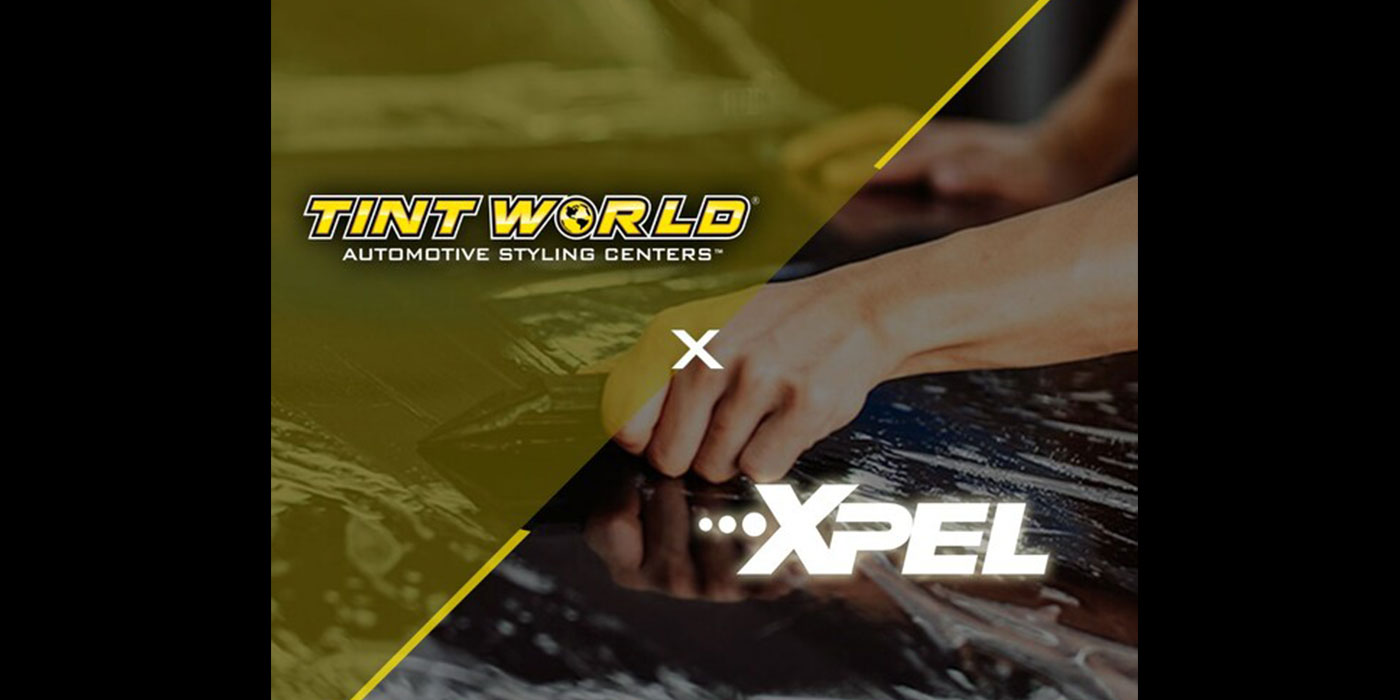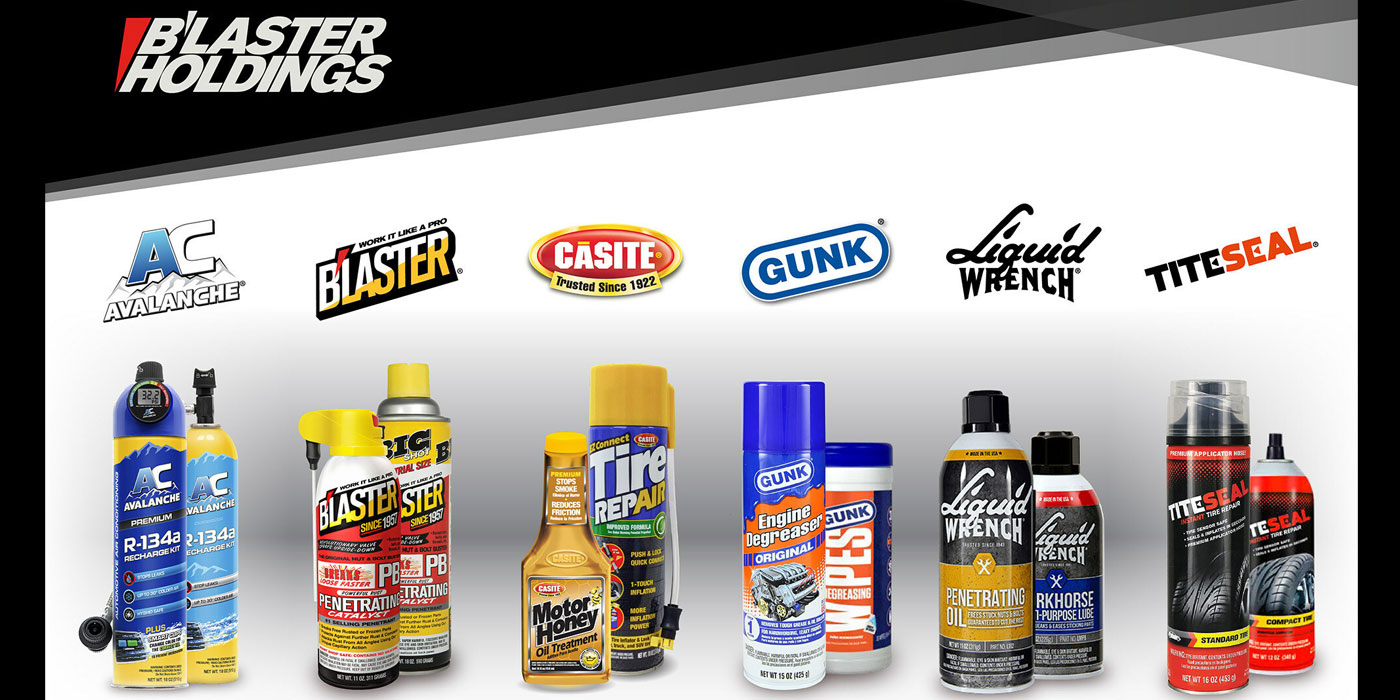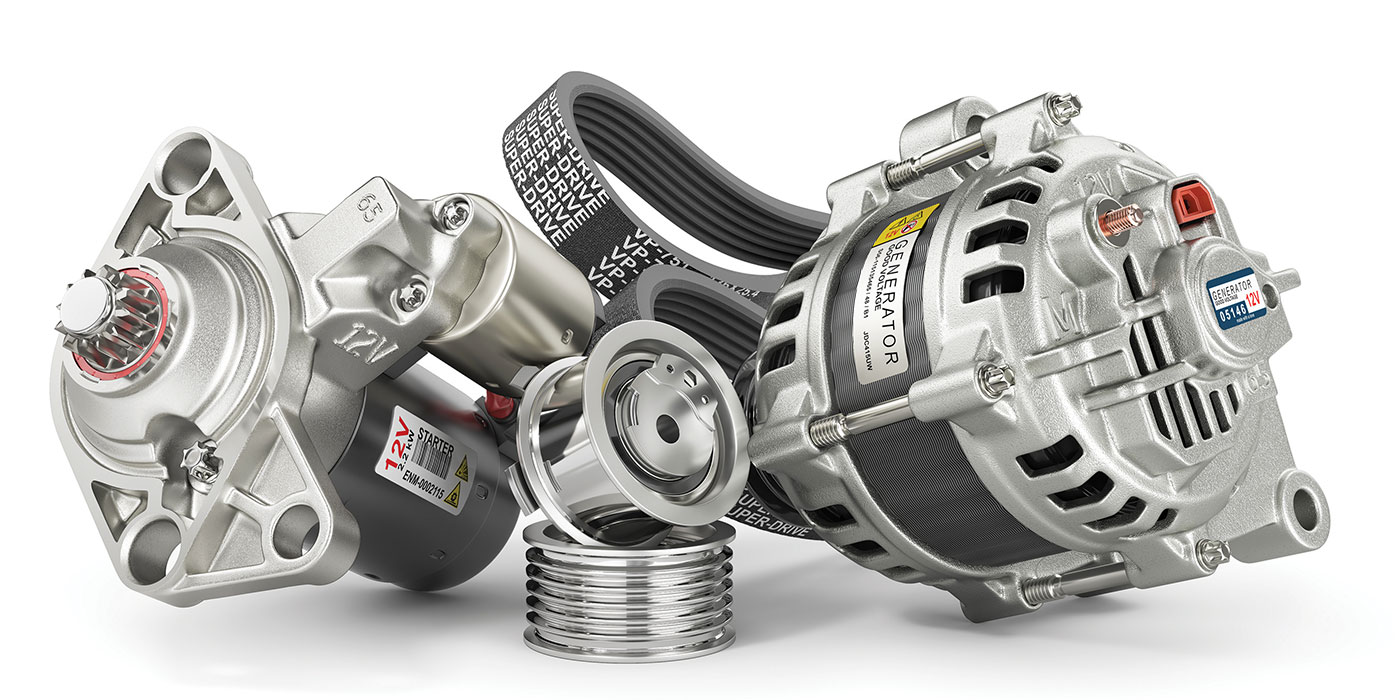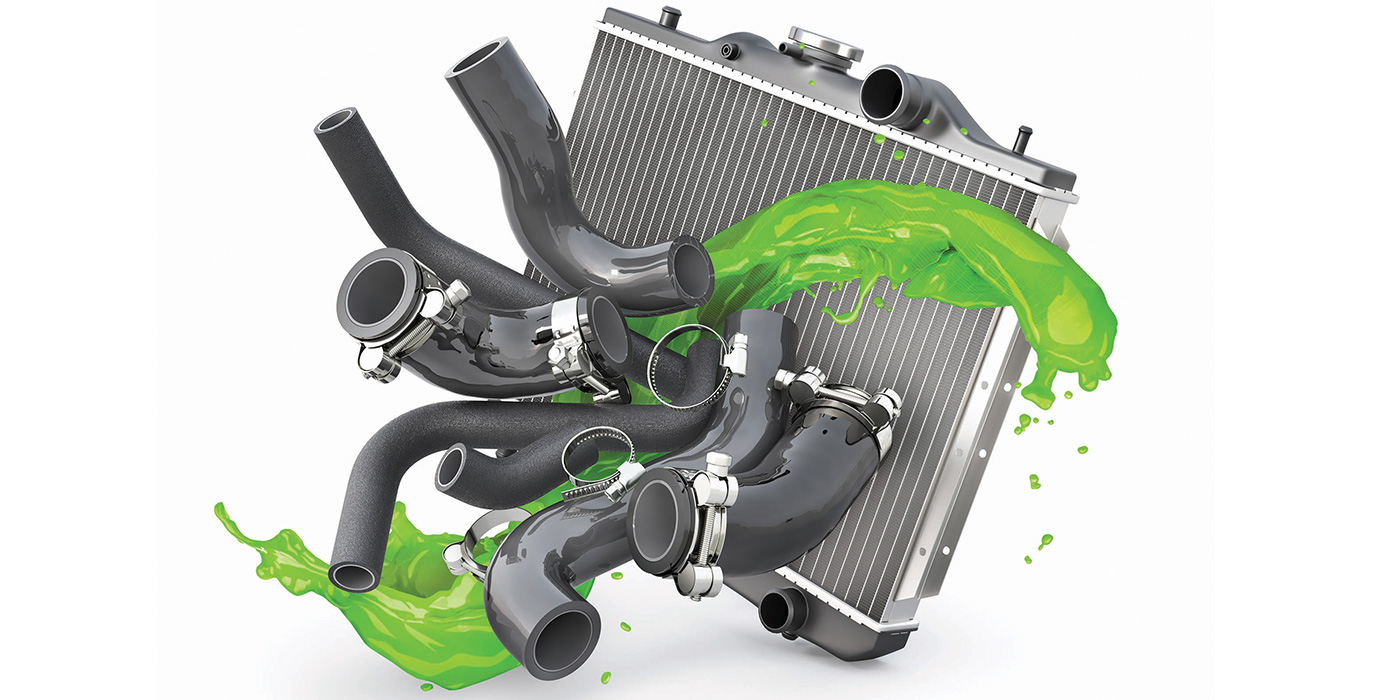As summer begins to sizzle, customers who have been delaying their own A/C repairs and the technicians who will soon be performing many of these services are gearing up for the busiest part of the HVAC season. Preparations have begun as shops stock up on refrigerant and supplies, perform pre-season maintenance on their recovery and recharge equipment, and, in some cases, take the opportunity to upgrade or add to their existing equipment.
R1234yf refrigerant was introduced to the US market with the 2013 Cadillac XTS, and on a larger scale beginning with Chrysler products in 2014. For the past 10 years, we have slowly become accustomed to supplying and servicing R1234yf systems alongside the more common R134a systems, but we have now reached the end of an EPA era. The last new vehicles factory-equipped with R134a rolled off assembly lines in 2021, and most of those vehicles are now aging out of warranty coverage.
While R134a refrigerant will continue to be available for the service of existing systems, a ban on new usage means that shops who have not already begun to service R1234yf-equipped vehicles will find themselves in need of new equipment and supplies as these vehicles become the standard. While this changeover is nothing unique (we experienced the same sort of growing pains when R134a replaced R12 refrigerant in the mid-1990s), it does add a level of complexity when selling and servicing HVAC system components and supplies.
DIY and professional customers alike often use the “hand grenade” method of adding refrigerant to the HVAC system. DIYers often lack the recovery and recharge equipment to perform comprehensive A/C repairs, but the availability of self-contained “top-off” charging kits leads many to attempt minor fixes. Due to the high price of R1234yf refrigerant and the need for dedicated recovery equipment, even professional technicians may initially lean toward the “hand grenade” when tasked with adding refrigerant to an empty R1234yf system. For those performing “occasional” R1234yf service, this method serves a legitimate purpose.
When dealing with a charged system, however, diagnosis with a set of manifold gauges should be a minimum prerequisite, and release of ANY automotive refrigerant is still against the law. Electronic recovery and recharge equipment (including vacuum pumps) for R1234yf service should be spark-proof, as this refrigerant is considered mildly flammable. Cross-contamination of service equipment is also a real possibility, so maintaining separate equipment like gauge sets, charging hoses and dye injectors, while positively identifying refrigerants, and clearly labeling flush chemicals and lubricants are still considered best practices. Differences in service fittings and couplers between the two systems are designed to prevent misapplication and contamination, but adapters and non-standard hose assemblies have made their way into the marketplace since the introduction of R1234yf, creating additional confusion when replacing or repairing A/C service equipment.
As we transition toward R1234yf becoming the more-common “standard” refrigerant, its price should continue to drop, and our professional customers will be more likely to make the investment in dedicated recovery and recharge equipment. Large cylinders (10-lb. is still the most common, but 25-lb. cylinders are now appearing at many suppliers) will continue to require EPA-certified licensing for purchase, but ironically, the “hand grenades” often used by lesser-equipped casual users remain largely unregulated. Educating ourselves and our counter staff now about the unique service requirements of modern HVAC systems and the associated tools and equipment will prepare us for a future when these “specialized” repair situations become commonplace. Establishing your store as an expert source of information and quality service components gives you a head start on HVAC.

